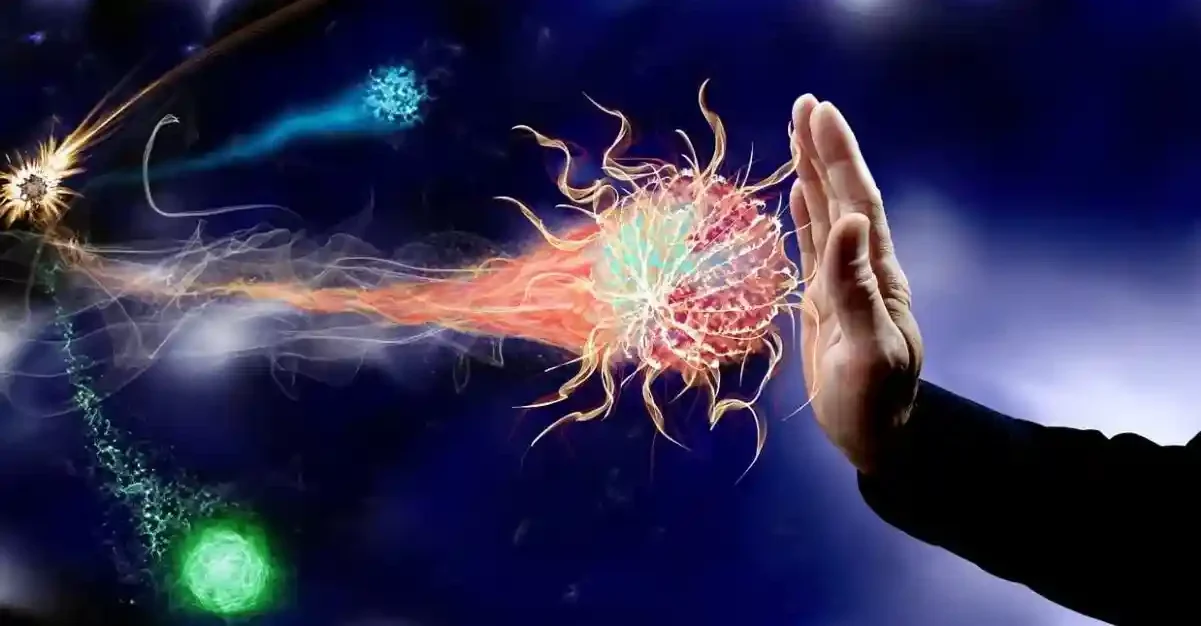
Tip #12 Beware drugs and medical procedures
A number of drugs and medical procedures have been scientifically proven to cause cancer. Ironically, a number of them are used to treat cancer.
Cancer Causing Medical Procedures
Chemotherapy
This study by Public Health England and Cancer Research UK looked at more than 23,000 women with breast cancer and nearly 10,000 men with 9634 non-small cell lung cancer who underwent chemotherapy in 2014. Of those treated 1,383 died within 30 days.
Chemotherapy is toxic to the body because it doesn’t discriminate between healthy and cancerous cells.
The research was published in The Lancet Oncology
Radiation treatment
In this 2012 study, researchers from the Department of Radiation Oncology at the UCLA Jonsson Comprehensive Cancer Center report that radiation treatment transforms cancer cells into treatment-resistant breast cancer stem cells, even as it kills half of all tumor cells.
Hormone Replacement Therapy (HRT)
The most comprehensive evidence about risks and benefits of MHT comes from two randomized clinical trials that were sponsored by the National Institutes of Health as part of the Women’s Health Initiative (WHI):
More than 27,000 healthy women who were 50 to 79 years of age at the time of enrollment took part in the two trials. Although both trials were stopped early (in 2002 and 2004, respectively) when it was determined that both types of therapy were associated with specific health risks.
Research from the WHI studies has shown that MHT is associated with the following harms:
- Urinary incontinence. Use of estrogen plus progestin increased the risk of urinary incontinence (1).
- Dementia. Use of estrogen plus progestin doubled the risk of developing dementia among postmenopausal women age 65 and older (5).
- Stroke, blood clots, and heart attack. Women who took either combined hormone therapy or estrogen alone had an increased risk of stroke, blood clots, and heart attack (1, 3). For women in both groups, however, this risk returned to normal levels after they stopped taking the medication (2, 4).
- Breast cancer. Women who took estrogen plus progestin were more likely to be diagnosed with breast cancer (6). The breast cancers in these women were larger and more likely to have spread to the lymph nodes by the time they were diagnosed (6). The number of breast cancers in this group of women increased with the length of time that they took the hormones and decreased after they stopped taking the hormones (7).
See full article at Use Menopausal HT with caution
Treatment of childhood cancers.
The cumulative risk of second malignant cancers 20 years following primary treatment for childhood cancer varies between 3 and 10 percent and is 5 to 20 times greater than that expected in the general population. Radiation therapy is associated with the development of thyroid cancer, breast cancer, melanoma and other skin cancers, brain tumors, and bone and soft tissue sarcomas. Certain types of chemotherapy (i.e., alkylating agents, topoisomerase II inhibitors) are associated with the development of leukemia. Reductions in dose or elimination of radiation for certain embryonal tumors and the reduction in use and alteration in schedule of certain specific drugs may reduce the risk of second malignant cancers. Certain high-risk groups of patients have been identified as those for whom therapy should be modified. An estimated 10 percent of children with ALL, for example, have a defect in a drug-metabolizing enzyme (thiopurine methyltransferase [TPMT]), which places them at increased risk for the development of a second cancer (McLeod et al., 2000).
Women who were treated with chest (mantle) irradiation for childhood Hodgkin’s disease face a significant increase in risk for development of breast cancer, with a cumulative incidence of about 35 percent at 20 to 25 years post therapy (Aisenberg et al., 1997; Bhatia et al., 1996).
Institute of Medicine and National Research Council. 2003. Childhood Cancer Survivorship: Improving Care and Quality of Life. Washington, DC: The National Academies Press. https://doi.org/10.17226/10767.
Medical x-rays, scans etc
Certain medical procedures, such as chest x-rays, computed tomography (CT) scans, positron emission tomography (PET) scans, and radiation therapy can also cause cell damage that leads to cancer. However, the risks of cancer from these medical procedures are very small, and the benefit from having them is almost always greater than the risks.
Radiation exposure. Mammograms require very small doses of radiation. The risk of harm from this radiation exposure is low, but repeated x-rays have the potential to cause cancer.
National Cancer Institute at the National Institutes of Health
Drugs
Tamoxifen (Nolvadex)
An increased incidence of endometrial cancer and uterine sarcoma (mostly malignant mixed Mullerian tumours) has been reported in association with Nolvadex treatment.
A number of second primary tumours, occurring at sites other than the endometrium and the opposite breast, have been reported in clinical trials, following the treatment of breast cancer patients with tamoxifen.
Breast cancer patients initially treated with tamoxifen have a twofold increased risk of uterine corpus cancer, with particularly high risks seen for rare tumors of the mixed mullerian type.
Cisplatin
Cisplatin is an alkylating agent. Alkylating agents are associated with “secondary cancers”.
Cisplatin is both carcinogenic and mutagenic. It causes mutations in both human and laboratory experimental models.
The International Agency for Research on Cancer classifies cisplatin in category 2A – materials that are probably human carcinogens. They say there is no conclusive evidence the compound is carcinogenic in humans, but there is ancedotal evidence of increased risk, and cisplatin has been found to cause cancer in animals.
Page updated 2024
